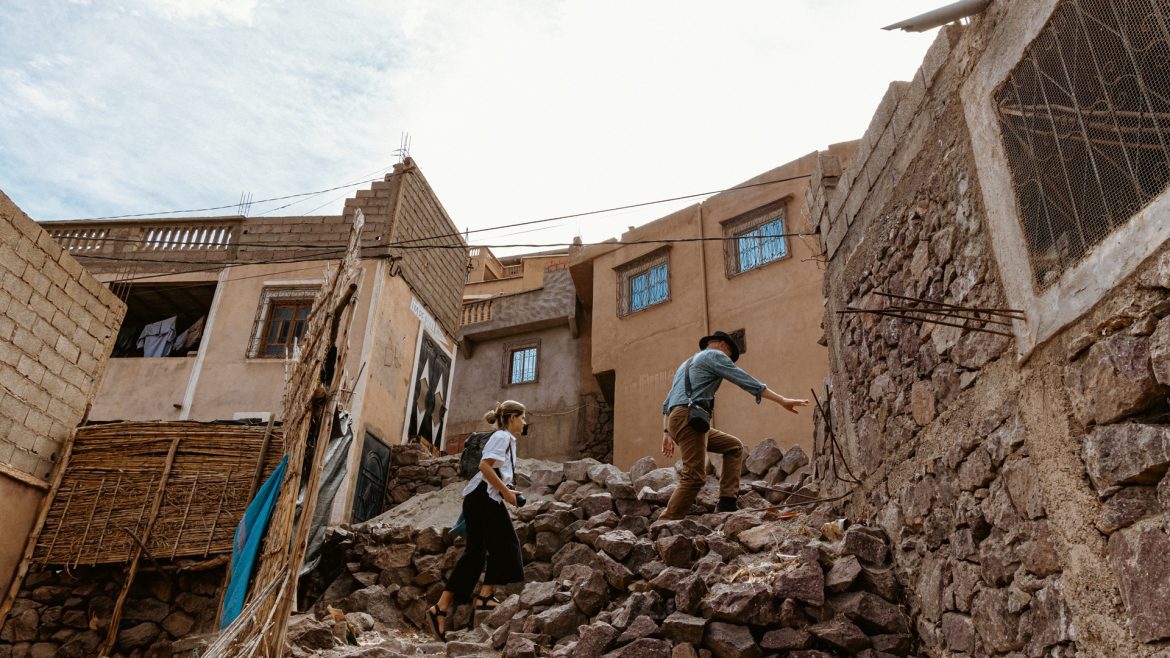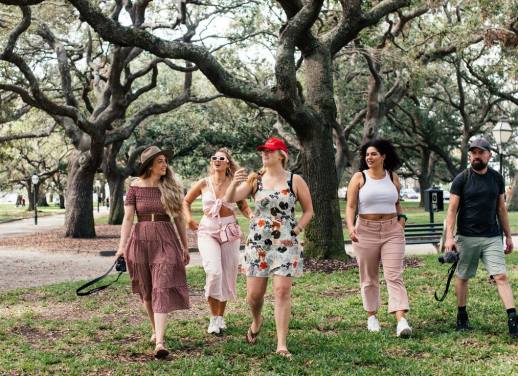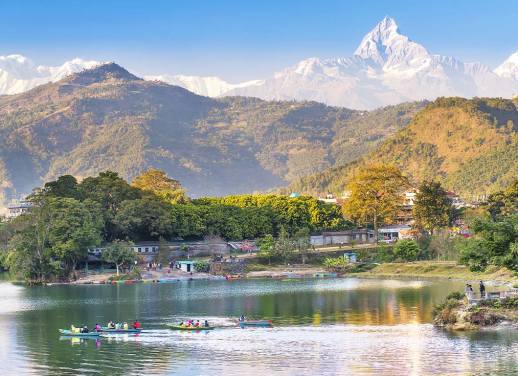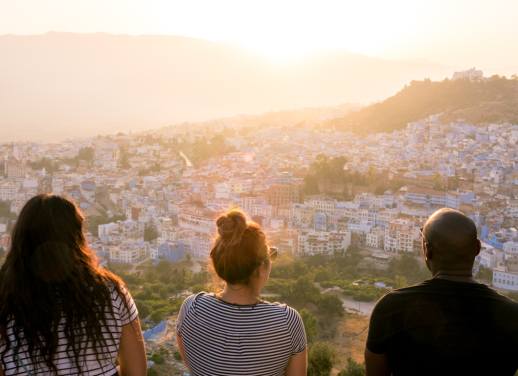After a hurricane, earthquake or wildfire, travel can feel like the last thing that matters. But for communities on the frontlines of disaster, in places like Nepal, Morocco and North Carolina, it’s often an important piece in their recovery. A traveller on the first Intrepid trek back into the USA’s Smoky Mountains after Hurricane Helene mulls over what it means to return and to be welcomed back.
John Pate starts all of his hiking trips with a briefing session the night before he hits the trail. Watching him hand out snacks and gear and map out our upcoming route, I wouldn’t have guessed this was his first trek onto the trails in nearly six months. Or that the last time he started a trip like this, it ended with an emergency evacuation as a category-four hurricane approached.
We’re in Asheville, North Carolina, gateway to the Great Smoky Mountains, a subrange of the Appalachian Mountains where John is a lead backcountry guide with Wildland Trekking, an Intrepid company. We’re about to head off on Wildland’s first trip after Hurricane Helene downed tens of thousands of trees, triggered dozens of landslides, washed out roads and took 250 lives nearly six months earlier.
Asheville isn’t a large city by most measures, but it’s the biggest in the region, and a popular hub for outdoor adventures. On a good day, it teems with visitors wandering through more than 60 breweries (more per capita than any other US city) and 150-plus art galleries, scoping out the food scene and heading into the mountains by foot, bike, kayak or raft. But it just hasn’t had a good day like that in a while.



No one had foreseen the intensity of the storm. After John received the evacuation call via emergency radio and led his group to safety, he turned right back around to use his search and rescue skills in the recovery effort. A lot of guides did the same as tourism came to what John calls ‘a complete dead stop.’ It took a month to build roads back to some of the towns, some of which are still without power. Guiding companies shut down not due to a lack of interested clientele, but a lack of infrastructure.
‘The reason we’re in the southern part of the park is because in the northern part of the park, the trails are destroyed,’ he tells our group. ‘We can’t get to them, and even if we could get to them, we couldn’t hike them.’
‘There’s a sense of shared trauma,’ he tells me later. Guiding companies are downsizing, cutting back employees and offering shorter trips, and John isn’t confident yet about the upcoming season. Even a heavy rainstorm coming through could reactivate landslides in damaged areas, cutting off roads and limiting access to emergency services.
Asheville’s not the first tourist destination to face a natural disaster, and in our rapidly warming world, the list is only growing. Two months before Hurricane Helene, a series of wildfires raged through 96,000 acres of Jasper National Park in Alberta, Canada, destroying about a third of the buildings in Jasper townsite and chopping peak season tourism numbers to half of what they were the year prior.
In the middle of the floods and flames, recovery can seem impossible. And for destinations like Asheville and Jasper that rely heavily on tourism, the future can feel bleak. But other destinations that have gone on their own post-disaster recovery journeys prove that tourism does return and, when done right, plays an important role in recovery. The tourism economy, after all, isn’t just keeping souvenir shops open.
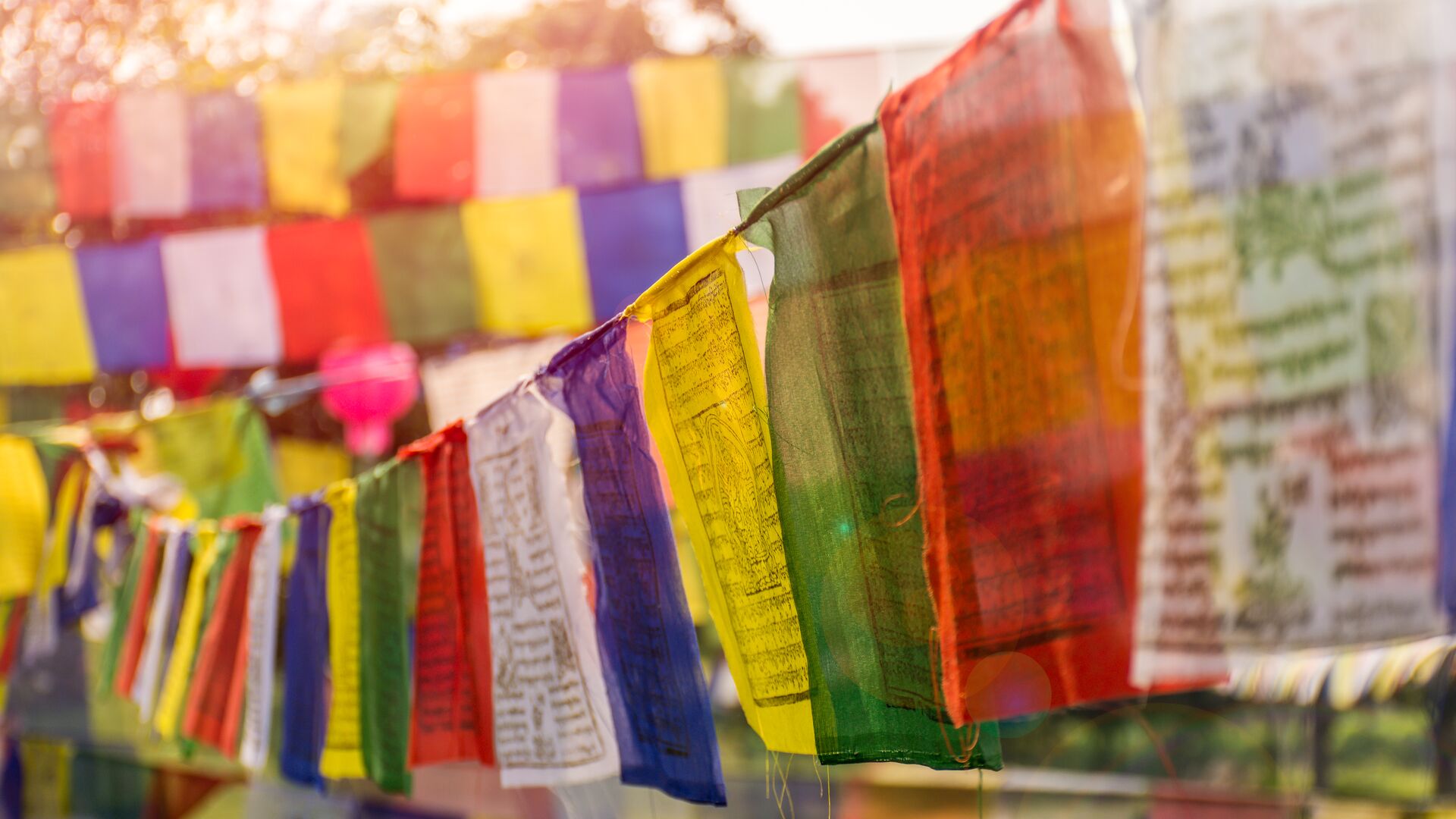
Tourism as a lifeline in Nepal
In Nepal, a 7.8-magnitude earthquake that struck near Kathmandu just before noon on 25 April 2015 destroyed villages and killed nearly 9000 people. Balaram Shrestha, a contracting manager with Intrepid, was at home with his family at the time. Rather than taking a planned sightseeing trip to the Dharahara tower in Kathmandu, he rushed to the Intrepid office to help. He later learned that the tower had collapsed.
‘Phones weren’t working,’ he says. ‘Nothing worked. It was massive.’ Over the course of the next week, Intrepid set up a logistical operation that coordinated the safe return home of 300 Intrepid travellers. The company cancelled all trips for the next four months as the region faced the devastation of avalanches, landslides and infrastructure collapse.
Beyond the damage to infrastructure and massive loss of life, the quake held the region’s tourism industry hostage.
‘In a small country like Nepal, for the local people, [tourism] is massive,’ Balaram says. Tourism supports not only trekking guides and hotels, but drivers, teahouse owners, trekking porters, even farmers who sell their produce to the hotels and restaurants, plus families that rely on them. Intrepid alone supports about 300 local suppliers in Nepal.
In the quake’s wake, The Intrepid Foundation launched an emergency appeal that generated AUD $400,000 that was distributed to local NGOs. When Intrepid resumed trips later that year, they donated all trip profits in 2015 and 2016 to the recovery and rebuilding effort.
Learning from the past
The question of whether a place is ‘ready’ for tourists to return assumes tourism is inherently a positive force. But regardless of one’s feelings about tourism as a whole, in modern society, people need money to live. In many cases, they rely on tourism to make that money. A destroyed house can be rebuilt, but not for free.
On 8 September 2023, Intrepid leader Brahim Hanaoui had just finished a group farewell dinner in the Marrakech medina. Some group members had gone up to the rooftop bar, but he was turning in to prepare for an early flight when everything started to shake. ‘You hear the sound of the glass and the furniture, the door slapping the wall,’ he says. ‘I had no idea if it was an earthquake, if there was an explosion outside.’
When it stopped, Brahim looked out from his balcony to see ‘a mess’ of people in the streets. He ran out in his sandals to try to find nine group members amid hundreds of people. There were no phone signals, but after about an hour, videos starting being posted to social media of people from the High Atlas calling for help.
‘That’s when we started to realise that something very, very bad happened,’ he says.
The magnitude-6.8 quake caused extensive damage, especially in remote areas of the High Atlas mountains, where Brahim’s group had been just the previous night.
Intrepid paused trip departures for four days after the earthquake, focusing efforts on travellers, staff and suppliers in the country at the time.
The decision to resume operations had as much to do with the circumstances as it did with lessons learned in the past. The devastation in Morocco wasn’t as geographically widespread as it was in Nepal, which meant it was safe to return sooner, especially to unaffected areas of the country. But Intrepid had also seen firsthand after the Nepal earthquake and other natural disasters how important it is to get trips running again.
Brahim was in Casablanca a few days later, welcoming a new group of travellers to Morocco – a quick return he was grateful for. Otherwise, the people of Morocco would have an even tougher recovery.
‘A natural disaster can be faced; people can come back to life again, but an economic crisis, if people decided to cancel their trips, would make it worse,’ he says. ‘We will double the suffering for people from natural disaster to an economical disaster, which will affect them deeply for coming years, not just coming days or months.’
Again, The Intrepid Foundation launched an emergency appeal after the earthquake and raised over AUD $600,000 to support local NGOs in their boots-on-the-ground recovery and rebuilding efforts. Countless travellers who had visited Morocco with Intrepid in the past felt compelled to give. ‘I visited Morocco on an Intrepid trip and stayed in the Atlas Mountains,’ one donor wrote. ‘I can’t imagine what it is like for the people whose lives have been turned upside down and whose homes have been destroyed.’
Read more: Visiting Morocco after the earthquake showed this traveller the power of travel
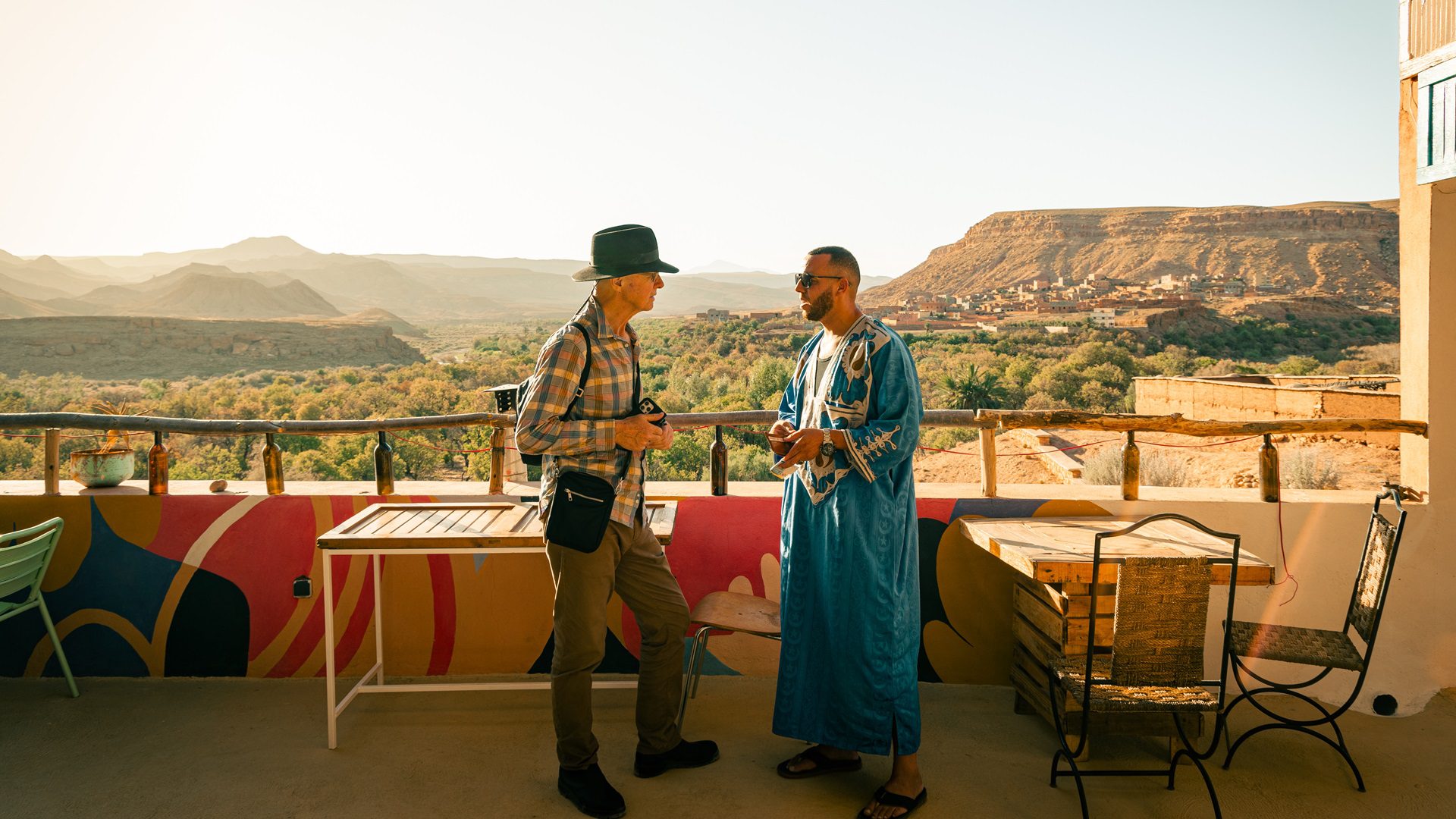
When’s the right time to return?
But how do travellers know when they’re welcome? Beyond ensuring the immediate crisis is resolved, emergency services are stabilised, and businesses have resumed semi-regular operations, John in Asheville suggests visitors consider whether they’re adding to the community rather than taking from it.
To show up after a disaster and expect to simply frolic on the beach of an international resort is insensitive at best and actively harmful at worst. Just look at Maui. After wildfires ravaged the Hawaiian island in 2023, the state governor strongly discouraged holidayers from visiting the island and many residents echoed his sentiments.
‘It’s about knowing where you’re going, calling ahead to local contacts and making informed decisions about whether your business is going to add or subtract from the wellbeing of the locals,’ says John. He’s particularly vehement about using locally owned lodgings over short-term rental companies, which have been especially exploitative in the Asheville area.
If guided trips are operating and the local tourism board is running ads, it means that people on the ground have assessed the situation and decided that it’s time for travellers to return, and you should take them at their word.
Travel as an act of love, even after loss
When you know a disaster has happened somewhere, it’s easy to see everything through the lens of tragedy. On my trek in Asheville, I was quick to assume every uprooted tree or piece of deadfall on the trail was from wind damage; the abandoned trailer on the side of the road must have been swept there by the storm. But according to John, the trails were in great shape for that point in the season, and that trailer had been sitting there for the last 15 years. Much like people, a place deserves to be seen as more than its worst moments.
In Morocco, Brahim appreciates the restorative power of travel.
‘Our movement is what gives hope to others,’ he says. ‘When I travel, my money is spent supporting dozens, directly or indirectly. Our movement creates a good atmosphere to let others live a good life.’
For John, this first trip back ‘feels like a return,’ he tells me on our last night on the trail. We’re perched atop a mossy log to the side of the night’s campsite, watching the rest of the group around a fire catching up on trail gossip with some early-season Appalachian Trail thru-hikers.
‘A lot of things will never be normal, but it can still be normal doing this. It’s like seeing someone you love go through a horrific accident and bringing someone to meet them after they’ve healed. It’s an act of love, but it’s really bittersweet.’
Visit The Intrepid Foundation to see our latest appeals and learn more about our 50+ global partners who are creating positive change with support from travellers like you.

